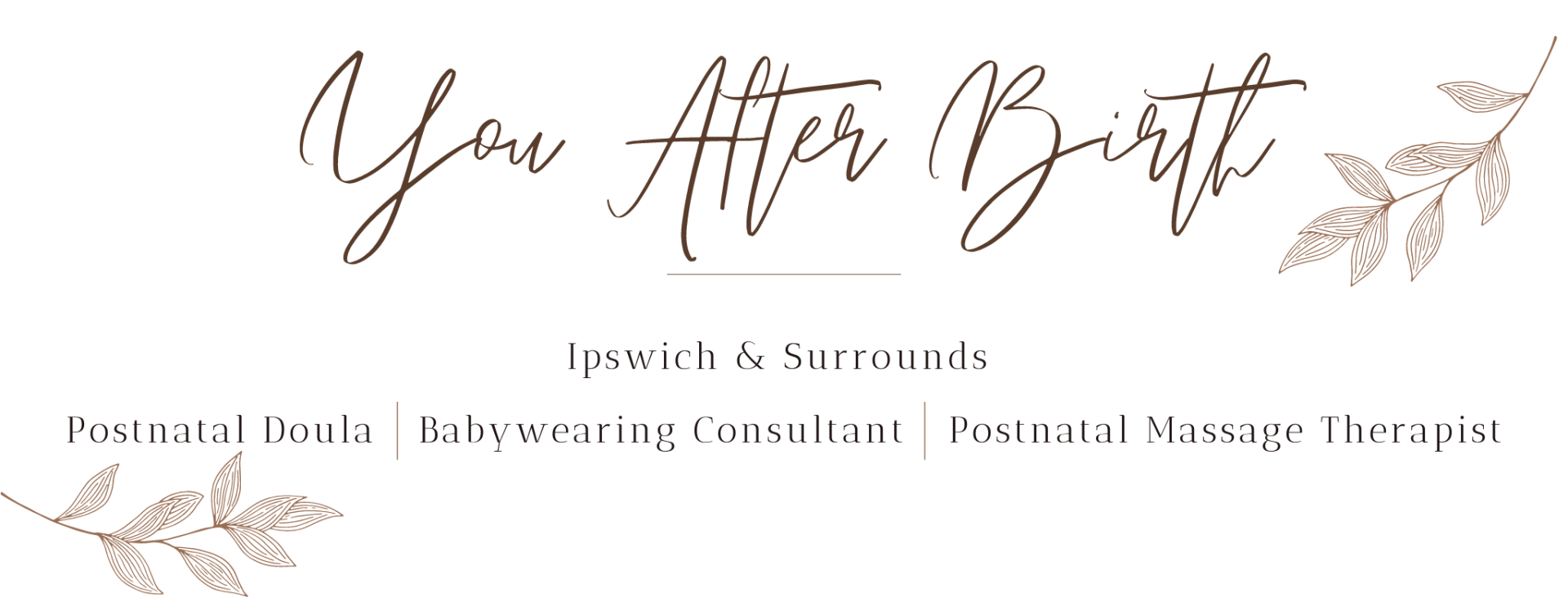Postural syndrome is an umbrella term for condition where pain can be felt in several common locations all the way from the lower back to the neck and shoulders. Even hands and upper limbs and the feet and lower limbs can have pain that is directly or indirectly related to postural syndrome. For example direct pain would be trigger points and ischaemic pain in the buttocks or posterior thigh from prolonged sitting, whereas indirect Lower limb pain may include adaptive shortening/tightness in the hip flexors giving anterior hip pain or even referring pain down the ITB region and lateral knee.
In a typical (and early) Postural Syndrome there is no significant damage or trauma to tissue. Patients with postural syndrome only experience an ache or pain during activities placing sustained stress on normal tissue.







































